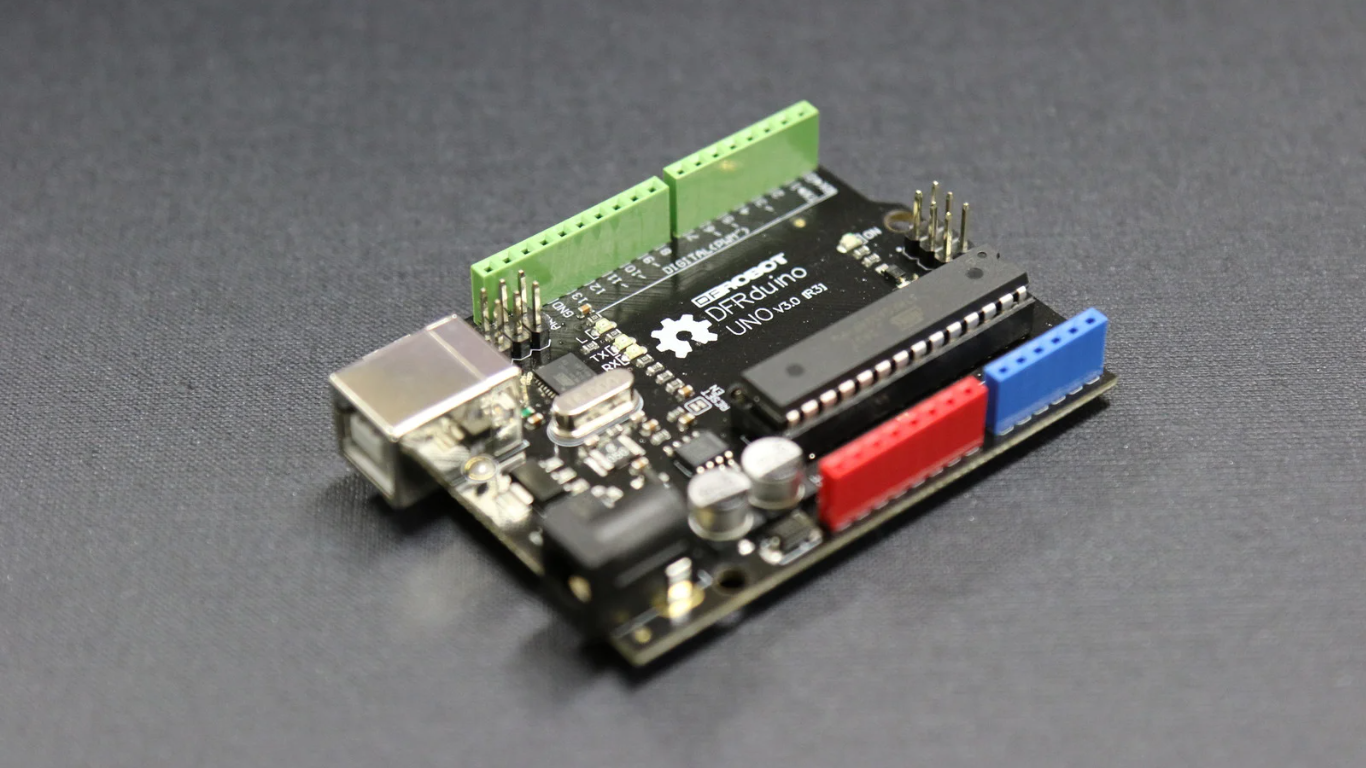Why Digital Circuits Consume Less Power than Analog Circuits: A Comprehensive Analysis?
Digital signals are switched when they are either “on” or “off,” corresponding to a binary 1 or 0. Analog signals, on the other hand, can have any value within a range. This means that analog circuits continuously drain power, whereas digital circuits can be designed to only do so when a change between states takes place.
Reduced noise: Compared to analog signals, digital signals are more noise-resistant. This is so that any noise present in the signal can be successfully averaged out over time as digital signals are often represented as discrete values. Digital circuits can so run at lower power levels while still delivering dependable performance.
Lower voltage needs: Since digital circuits don’t need as much precision as analog circuits do, they often function at lower voltage levels. Digital circuits use less electricity and produce less heat at this lower voltage level.
Better circuit design: Compared to analog circuits, digital circuits can be designed to be more effective. Digital circuits, for instance, can utilize dynamic power management techniques to save energy by, for instance, placing unused portions of the circuit into a low-power mode. Overall, digital circuits utilize less power than analog circuits due to the usage of digital signals and circuit design methodologies.
What is Analog Circuit
An electronic circuit known as an analog circuit represents and processes data using continuous signals. Analog circuits work with signals that can have any value within a certain range, in contrast to digital circuits that represent information using binary signals.
Signal conversion, amplification, and filtering are just a few of the activities in that analog circuits are utilized. In many current electronics applications, including audio and video processing, control systems, and instrumentation, they are frequently utilized in analog electronics, such as radio and television transmission.
A variety of components, such as resistors, capacitors, inductors, and operational amplifiers, can be used to build analog circuits (op-amps). These elements’ behavior can be mathematically described, and the reaction of the circuit can be deduced and forecasted.

Advantages of Analog Circuits
Due to the development of digital circuits, which have several advantages over analog circuits, including greater precision, lower noise, and enhanced power economy, the use of analog circuits has decreased in many applications in recent years. However, analog circuits continue to be important in many electronic applications, and their use is anticipated to last for a very long time.
What is Digital Circuit
A digital circuit is an electrical circuit that processes and represents data using binary signals. The signals of a digital circuit are either “on” or “off,” and they stand for binary values of 1 or 0. These binary signals are used to represent, store, and process data in a way that computer systems can easily comprehend and utilize.
Transistors, gates, flip-flops, and multiplexers are only a few of the various parts used to build digital circuits. Microprocessors and memory devices are examples of complicated systems that can be created by combining these parts.
![]()
Advantages of Digital Circuits
The accuracy and precision of digital circuits over analog circuitry are their key advantages. Computer systems can handle and interpret digital data with ease, and they are less prone to noise and other types of interference. Since they only use power when the signals change state, digital circuits are also more energy-efficient than analog ones.
Computers, mobile phones, digital cameras, and many other electronic gadgets all utilize digital circuits in a variety of ways. Additionally, they are utilized in data processing, communication, and control systems.